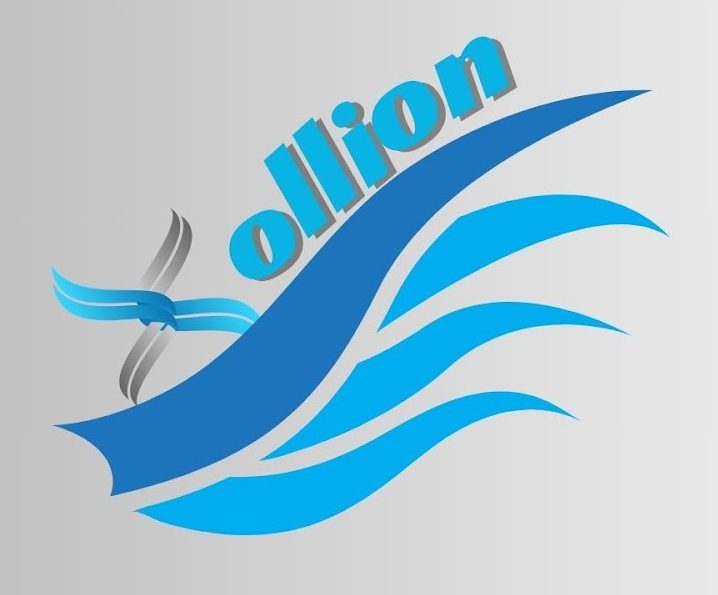I. Introduction
A. Brief overview of the importance of sustainability in businesses
In today’s global landscape, sustainability has evolved from a mere buzzword to a critical consideration for businesses of all sizes and industries. With growing concerns about climate change, resource depletion, and environmental degradation, companies are under increasing pressure to operate in a manner that minimizes their ecological footprint and promotes responsible stewardship of natural resources. Sustainability is not only a moral imperative but also a strategic business decision, as businesses that prioritize sustainability are better positioned to mitigate risks, seize opportunities for innovation, and build long-term resilience in an ever-changing world.
B. Introduction to ISO 50001 certification and its significance
ISO 50001 certification is a powerful tool for businesses seeking to enhance their energy management practices and reduce their environmental impact. Developed by the International Organization for Standardization (ISO), ISO 50001 is a globally recognized standard that provides a framework for establishing, implementing, maintaining, and improving an energy management system (EnMS). The standard aims to help organizations improve energy performance, reduce energy costs, and enhance environmental sustainability by systematically managing energy consumption and identifying opportunities for improvement. ISO 50001 certification signifies that a company has met the rigorous requirements of the standard and is committed to continuous improvement in energy efficiency and sustainability.
C. Purpose of the blog: to unravel the complexities of ISO 50001 certification
The purpose of this blog is to demystify ISO 50001 certification and provide businesses with a comprehensive understanding of the standard and its implementation process. While ISO 50001 offers numerous benefits, navigating the certification process can be complex and daunting for many organizations. Through this blog, we aim to unravel the complexities of ISO 50001 certification, break down key concepts into digestible insights, and provide practical guidance and tips for successful implementation. Whether you’re considering ISO 50001 certification for the first time or looking to enhance your existing energy management practices, this blog will serve as a valuable resource to help you unlock the full potential of ISO 50001 and drive sustainable energy management practices within your organization.
II. Understanding ISO 50001 Certification
A. Definition and Scope of ISO 50001 Certification
ISO 50001 certification is a globally recognized standard developed by the International Organization for Standardization (ISO) to help organizations establish, implement, maintain, and improve an energy management system (EnMS). The primary objective of ISO 50001 certification is to enable businesses to enhance energy performance, reduce energy consumption, and improve overall energy efficiency. The scope of ISO 50001 certification encompasses various aspects of energy management, including energy planning, implementation of energy-saving measures, monitoring and measurement of energy performance, and continual improvement. By adhering to the requirements of ISO 50001, organizations demonstrate their commitment to systematically managing energy consumption and reducing their environmental impact.
B. Benefits of Obtaining ISO 50001 Certification for Businesses

Obtaining ISO 50001 certification offers numerous benefits for businesses, including:
1. Driving Efficiency and Savings
ISO 50001 certification fosters improved energy performance and efficiency, resulting in significant reductions in energy consumption and associated costs. This systematic approach to energy management allows businesses to identify inefficiencies and implement targeted strategies for optimization, ultimately translating into substantial cost savings and improved financial health.
2. Protecting the Planet through Sustainability
Achieving ISO 50001 certification also enhances environmental sustainability by mitigating greenhouse gas emissions and minimizing other environmental impacts linked to energy use. By adopting energy-efficient technologies and practices, businesses contribute to a healthier planet and demonstrate their commitment to environmental stewardship, aligning with global efforts to combat climate change and preserve natural resources for future generations.
3. Boosting Operational Efficiency and Productivity
Optimized energy management practices under ISO 50001 certification lead to increased operational efficiency and productivity. By streamlining energy usage and reducing wastage, businesses can operate more effectively, allocate resources efficiently, and maximize output. This enhanced operational efficiency not only improves the bottom line but also strengthens competitiveness and resilience in the marketplace.
4. Ensuring Compliance and Responsibility
ISO 50001 certification ensures compliance with regulatory requirements and demonstrates an organization’s commitment to environmental responsibility. By adhering to established standards and best practices in energy management, businesses mitigate regulatory risks and uphold their duty to protect the environment and communities. This fosters trust and credibility among stakeholders.
5. Building Reputation and Credibility
ISO 50001 certification enhances a business’s reputation and credibility among customers, investors, and regulatory authorities. By achieving certification, businesses signal their dedication to sustainability, transparency, and accountability, which resonates positively with stakeholders and strengthens relationships. This enhanced reputation not only attracts new customers and investors but also fosters loyalty and trust among existing ones.
III. The Certification Process
A. Initial Assessment and Gap Analysis
Before embarking on the journey towards ISO 50001 certification, businesses typically begin with an initial assessment and gap analysis. This crucial step involves evaluating current energy management practices, identifying strengths and weaknesses, and determining the gap between existing practices and ISO 50001 requirements. Through thorough assessment, businesses gain valuable insights into the steps needed to align with certification standards, laying the foundation for a successful certification process.
B. Implementation of an Energy Management System (EnMS)
1. Crafting a Robust EnMS
Businesses embark on implementing an energy management system (EnMS) following the initial assessment. This process entails meticulous development and documentation of policies, procedures, and processes to systematically manage energy performance. Key components include setting energy objectives, defining roles, and allocating resources. These actions lay the groundwork for continual improvement and sustainable energy performance.
2. Setting Clear Energy Objectives
Central to EnMS implementation is the establishment of clear energy objectives and targets. These objectives serve as guiding principles, driving efforts towards improved energy efficiency and reduced consumption. Setting measurable targets enables businesses to create a roadmap for progress, ensuring alignment with ISO 50001 requirements. This facilitates effective energy management practices and drives tangible results.
3. Defining Roles and Responsibilities
Effective EnMS implementation hinges on defining roles and responsibilities within the organization. Assigning specific tasks and accountabilities ensures accountability and fosters a culture of ownership and collaboration. Clearly delineating responsibilities empowers employees to contribute to energy management efforts. This drives engagement and fosters a sense of collective responsibility toward achieving energy objectives and targets within businesses.
4. Allocating Resources for Effective Management
A critical aspect of EnMS implementation is the allocation of resources to support energy management initiatives. This includes dedicating financial, human, and technological resources to implement energy-saving measures, conduct training and awareness programs, and invest in energy-efficient technologies. Adequate resource allocation enables businesses to overcome implementation barriers, accelerate progress, and maximize the impact of energy management efforts.
IV. Conclusion
A. Recap of the Importance and Benefits of ISO 50001 Certification
ISO 50001 certification holds immense importance for businesses, offering a pathway to enhanced energy performance, efficiency, and sustainability. Central to ISO 50001 certification is the ongoing monitoring, measurement, and documentation of energy performance. This data-driven approach allows businesses to identify trends, detect deviations, and implement corrective actions to optimize energy performance continuously. Certification also enhances reputation, credibility, and competitiveness in the marketplace, positioning businesses for long-term success and resilience.
B. Encouragement for Businesses to Embark on the Journey towards Certification
For businesses considering ISO 50001, the journey may seem daunting, but the rewards are significant. By embarking on this path, businesses commit to improving energy management practices, driving efficiency, and contributing to environmental sustainability. Certification not only brings tangible benefits in terms of cost savings and operational efficiency but also reinforces a company’s reputation as a responsible corporate citizen. With dedication and perseverance, businesses can successfully achieve ISO 50001 and unlock the full potential of sustainable energy management.
C. Final Thoughts on the Role of ISO 50001 in Driving Sustainable Energy Management Practices
In conclusion, ISO 50001 plays a crucial role in driving sustainable energy management practices across industries. By providing a systematic framework for energy management, ISO 50001 empowers businesses to identify opportunities for improvement, optimize energy usage, and reduce environmental impact. Beyond compliance with regulatory requirements, ISO 50001 fosters a culture of innovation, continuous improvement, and corporate responsibility. As businesses face increasing pressure to address climate change and resource scarcity, ISO 50001 serves as a valuable tool for achieving sustainability goals and securing a more resilient future for generations to come.






